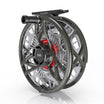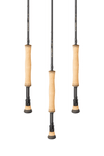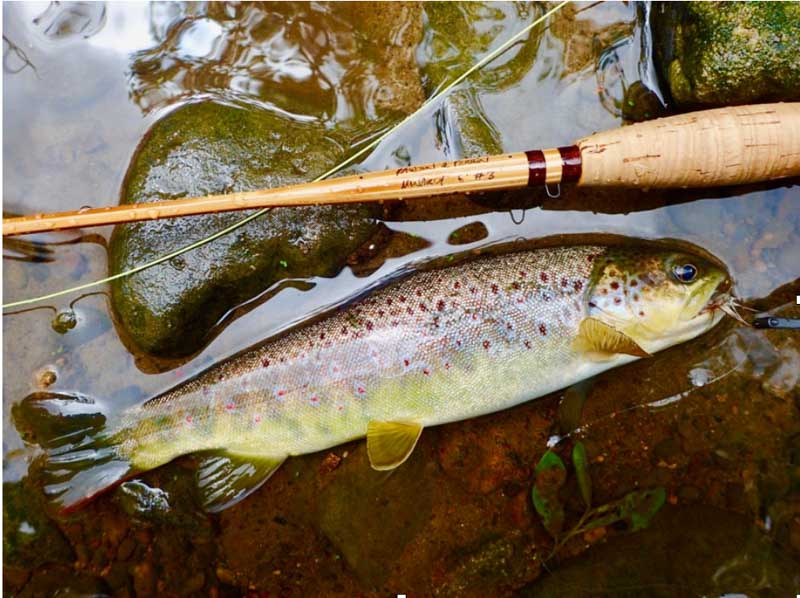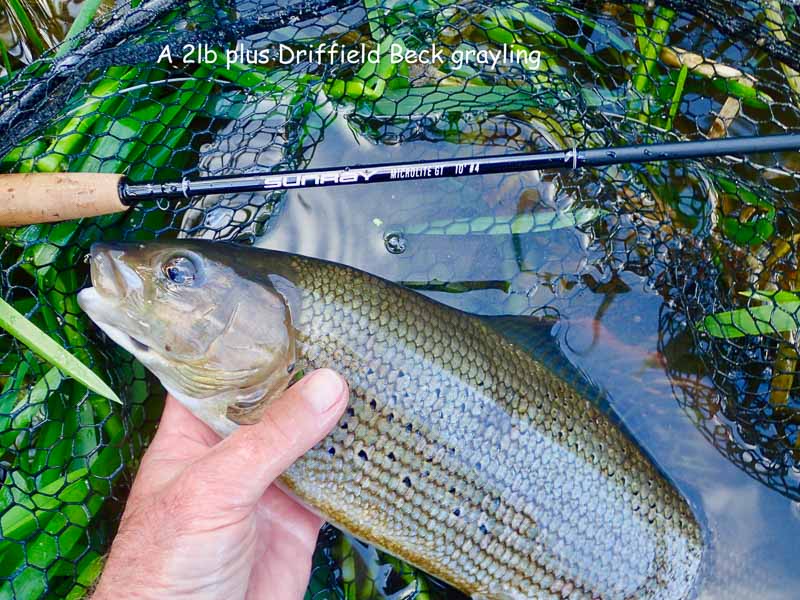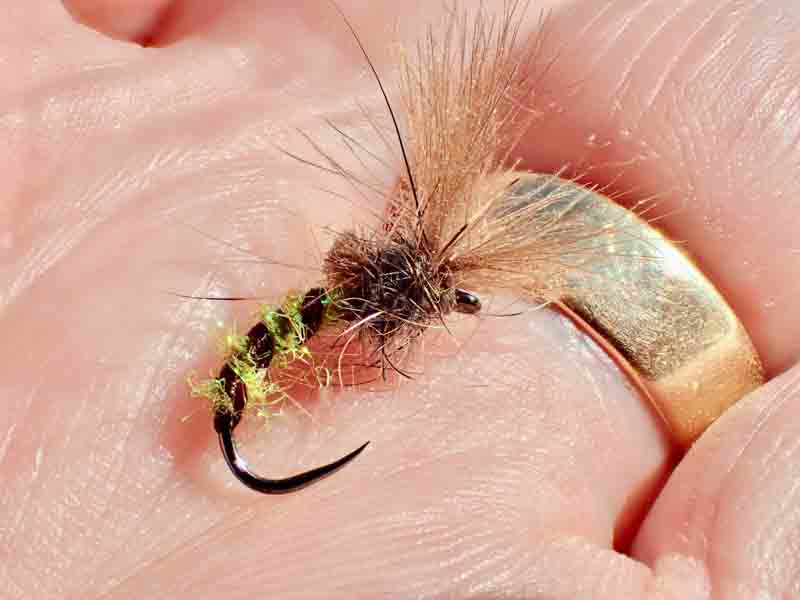by Dave Southall
In the early 1960s when I first started fishing split cane was still the most popular rod-making material and fiber glass was just starting to become popular. However my first ever coarse fishing rod was made of ash butt & middle sections with a greenheart wood tip. My first fly rod, bought in the early 1960s, was a second hand 9’ cane rod built by E. Kerry of Lockton, a small village near Pickering, North Yorkshire. It was incredibly soft, slow actioned & heavy, but I caught fish with it. I then bought an 8’ solid glass fly rod, still very slow actioned & heavy but unbreakable. It too landed a few trout. Then in 1970, as my interest in fly fishing increased, I bought a couple of Hardy’s fibatube hollow glass fiber blanks & built an 8’ 4/5 weight & a 7’ 4 weight rod. They were lovely & light with a far crisper action than my older rods, although still slow & soft compared to most modern fly rods.
These were followed shortly after by the building of a 6’ 31/2 weight rod from a Hardy’s fibatube blank for fishing tiny overgrown streams. I still used these rods in 1998 when I returned to fly fishing after a 20 year lay-off & rather regret giving them away once I bought modern carbon fiber replacements a few years later. How things have changed over the last 60 years. Now carbon fiber, in its various manifestations, is the predominant rod-making material. However, there is an ever increasing interest in cane and glass rods. So what do I see as the strengths & weaknesses of each of these materials?
Carbon fiber is stiff, strong and very light & it facilitated the production of fast-actioned rods that had fast recovery. It is stiff because its fibers do not stretch easily and as a result carbon fiber rods when bent reach a point where they ‘lock up’ (the more they are bent the harder it is to bend them any further). This type of rod became very popular as they are capable of producing very tight loops & very high line speed with a reduced risk of tailing loops & energy sapping ripples passing down the line due to poor damping of rod vibrations at the end of the casting stroke.
They work very well with the Italian Style of fly casting when teamed up with a line of 1 to 2 weights lighter than the rod’s normal designation. Although they were said to require a high level of casting skill & precise timing of the casting stroke, I found that this was not the case & that they were surprisingly forgiving of careless casting. However these stiff, fast rods are not very forgiving when it comes to playing big fish on light tippets.
There was a time that I was in favour of these stiff, fast rods, but in recent years, as I have come to appreciate the value of super-light lines & delicate presentation, I have significantly changed my opinions. Fortunately rod action is not solely dependent upon the material used but also on the tapers & wall thickness of the blanks (plus of course the grade of carbon used & whether it is mixed with other materials). I have several carbon rods with progressive, quite soft actions that not only facilitate delicate presentation with lines in the range 0 to 4 weight, but also are forgiving enough to protect fine tippets. Tom’s Sunray carbon rods are some of my favourites, being crisp actioned & capable of producing tight loops when required & yet with a supple action that protects light tippets. The main advantage of carbon is that it can be used to produce long rods that are very light, but it is at the cost of reduced durability due to the thin walls & reduced elasticity of the material.
I have never had a cane or glass rod break but I have managed to break quite a few carbon rods (sometimes for no obvious reason, sometimes because of my own clumsiness & sometimes because of impact with a bead-head nymph due to careless casting).
Glass fiber is much less stiff as it has more stretch & blanks made from it require thicker walls resulting in heavier weights. The extra weight makes glass best for short rods up to about 8’. Glass rods tend to flex more against their own weight & so are very good for close range casting where there is insufficient fly line out of the rod tip to effectively load a similar carbon rod. Their slower action facilitates delicate presentation at the cost of reduced line speed & more open loops. Their strength is relatively close range fishing, particularly where roll casting is required, plus the protection of light tippets. Furthermore they are incredibly tough & so can cope with far more abuse than carbon rods.
Tom has demonstrated the toughness of glass rods by landing some sizeable carp on a 2 weight. A final advantage of glass is that it is cheaper than carbon. I love my two Sunray California glass rods. The 6’ 4” 2 weight is the perfect rod for overgrown small streams where roll casts in tight spaces are the order of the day, whilst the 8’ 1 weight facilitates super-delicate presentation.
Split cane is another relatively heavy material (even when hollow-built) that is best suited to rods of 8’ & shorter. Whilst in the past cane rods were quite slow actioned, some modern tapers, such as those used by Adam Rawson, produce surprisingly fast actioned rods. Craftsmen-built cane rods are works of art, beautiful to behold. A well designed cane rod is a pleasure to cast with & is far more resistant to damage caused by the impact of bead-head nymphs due to careless casting. Unfortunately building cane rods is far more time consuming & skilled so they are expensive. However good cane rods are investments that often increase in value with time. I love my Rawson & Perrin 6’ 3 weight for fishing tiny, overgrown, brooks.

1. Sunray 10’ 4 weight Microlite, a crisp but forgiving rod that will comfortably cast lines from 1 weight to 4 weight & will protect light tippets whilst playing big fish

2. 6’ 6” 2 weight Sunray California glass rod

3. A Rawson 6’ 3 weight surprisingly fast actioned cane rod, ideal for small stream fishing






